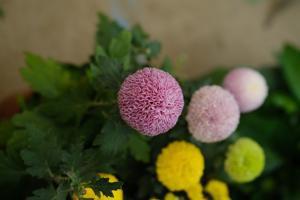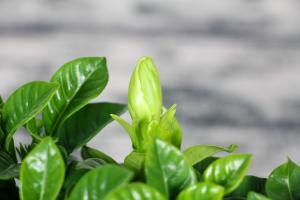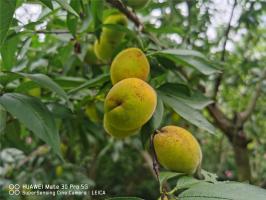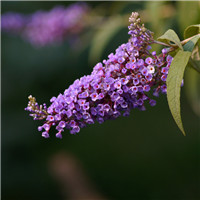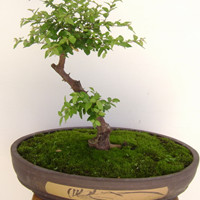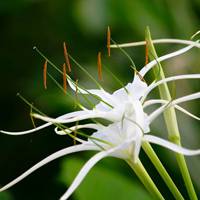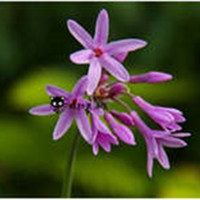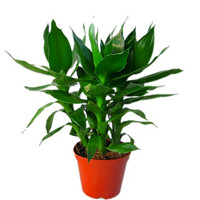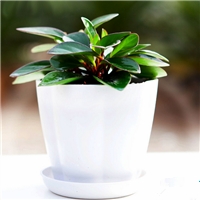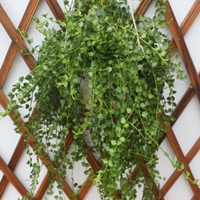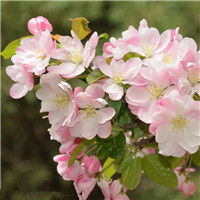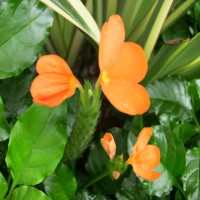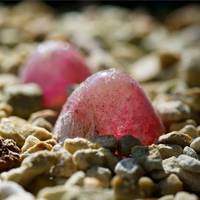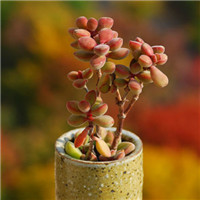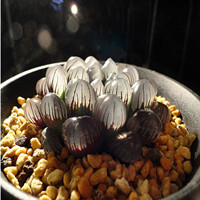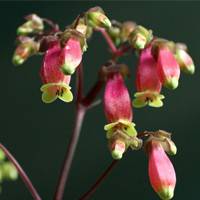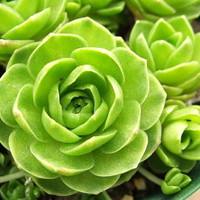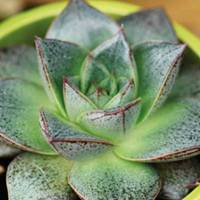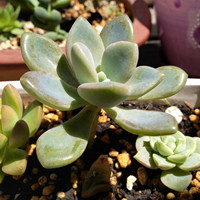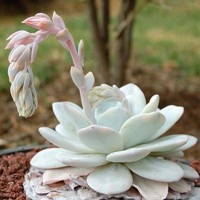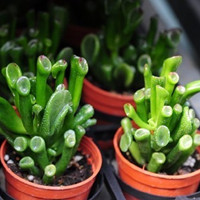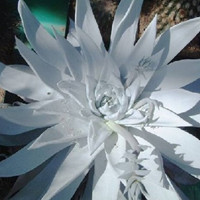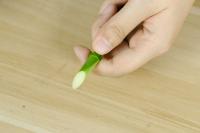How to Get Rid of Thrips on Tomato Plants
Thrips are small, winged insects that can wreak havoc on tomato plants. They feed by piercing the plant and sucking out the juices. This can cause leaves to become discolored, wilted, and distorted, and can also stunt the growth of the plant. If left untreated, thrips can quickly cause extensive damage to a tomato plant, and may even kill it. Fortunately, there are several methods you can use to get rid of thrips on your tomato plants.
Identify the Problem
The first step to getting rid of thrips is to make sure that the problem you are dealing with is actually thrips. Thrips are tiny, often less than 1 millimeter in length, and are typically yellow, brown, or black. They have long, narrow wings and are often found in groups on the undersides of leaves or on the stems of the plant. If you're not sure whether thrips are the problem, look for signs of damage, such as curled or distorted leaves, or black speckling on the leaves.
Remove Infested Leaves
Once you have identified thrips as the problem, the next step is to remove the infested leaves. Thrips tend to congregate in large numbers on certain leaves, so removing these infected leaves can help to reduce the overall thrip population. Be sure to dispose of the infested leaves in a sealed bag to prevent the thrips from spreading to other plants.
Use Insecticidal Soap
Insecticidal soap can be an effective way to control thrips on tomato plants. It works by suffocating the thrips and preventing them from breathing. Insecticidal soap is often available in concentrated form that can be mixed with water and applied to the tomato plant using a spray bottle, or in ready-to-use form that requires no mixing. Be sure to follow the manufacturer's instructions carefully when using insecticidal soap.
Use Neem Oil
Neem oil is a natural pesticide that is effective against a wide range of insect pests, including thrips. It works by disrupting the thrips' reproductive system, preventing them from laying eggs and reproducing. Neem oil can be applied to the tomato plant using a spray bottle or sprayer. Be sure to follow the manufacturer's instructions carefully when using neem oil.
Introduce Beneficial Insects
Another method for controlling thrips on tomato plants is to introduce beneficial insects that feed on thrips. Ladybugs and lacewings are both natural predators of thrips and can be purchased from some garden centers. These insects can be released onto the tomato plant to help control thrip populations.
Keep Your Garden Clean
To prevent thrips from infesting your tomato plants in the first place, it's important to keep your garden clean and free of debris. Thrips tend to prefer hot, dry conditions, so keeping the soil moist and providing some shade can also help to deter them. Additionally, it's a good idea to rotate your tomato plants each year to prevent thrip populations from building up in the soil.
Conclusion
Thrips can be a real nuisance for tomato plants, but with a little bit of effort, you can control their populations and keep your plants healthy. By identifying the problem, removing infested leaves, using insecticidal soap or neem oil, introducing beneficial insects, and keeping your garden clean, you can get rid of thrips on your tomato plants and enjoy a bountiful harvest.

 how many times do yo...
how many times do yo...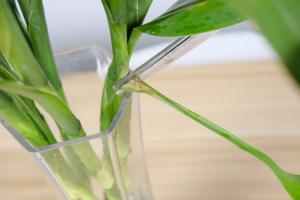 how many planted tre...
how many planted tre...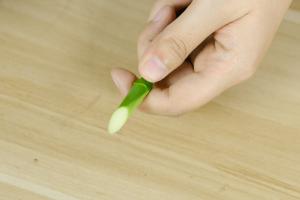 how many pine trees ...
how many pine trees ...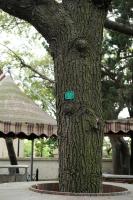 how many pecan trees...
how many pecan trees... how many plants comp...
how many plants comp... how many plants can ...
how many plants can ...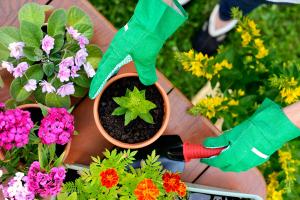 how many plants and ...
how many plants and ... how many pepper plan...
how many pepper plan...